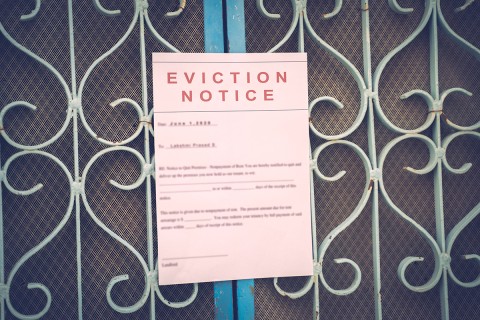Trump’s eviction moratorium doesn’t help tenants pay their rent or landlords pay their mortgages
A real solution would require a large infusion of cash.

In August, the Aspen Institute estimated that 40 million Americans were at risk of being evicted before the end of 2020. A month later, as it became clear that Congress wasn’t going to provide immediate assistance for renters facing eviction, the Centers for Disease Control ordered a four-month moratorium on most evictions caused by pandemic-related income loss. The order was rooted in public health concerns: as the coronavirus pandemic meets flu season, a mass increase in homelessness would be disastrous for community health.
Delaying evictions will alleviate some suffering in the short term. But the moratorium doesn’t provide funds to help tenants with rent or landlords with mortgages and property taxes; it just forestalls the most visible aspects of the eviction crisis until January. Nor does it address the larger economic problems that put renters continually at the brink of eviction in the first place.
When the pandemic hit, more than half of Americans were living paycheck to paycheck. One-fourth of US renters—those with the lowest earnings—were spending more than half their income on rent. Then, in March, 39 percent of Americans who earn less than $40,000 a year were laid off or furloughed. During an economic downturn, people who experience chronic financial vulnerability are the first to suffer devastating effects like the loss of housing.





